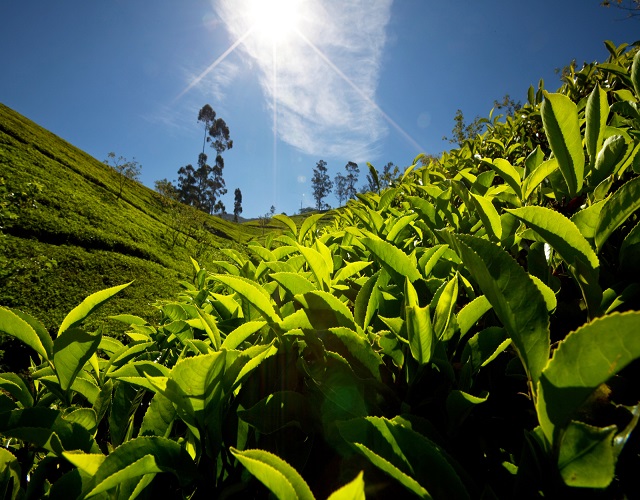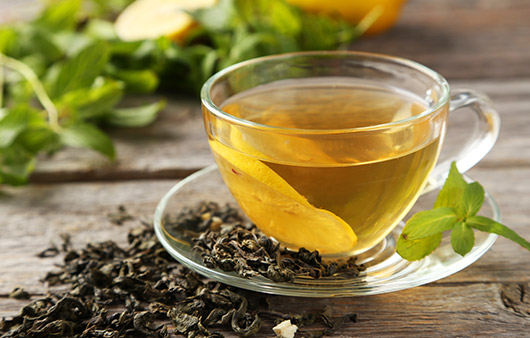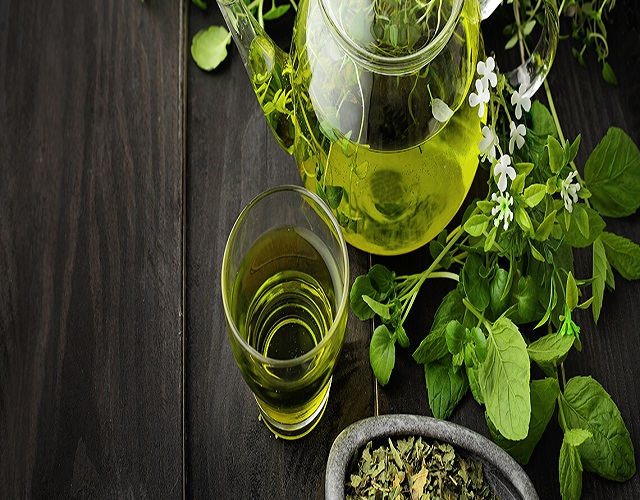Tea Facts

A few facts about tea
INDIA, the world’s largest democracy, is one of the biggest producers of Tea in the World. Apart from being one of the largest consumers of Tea, INDIA is also the house of leading global Tea Brands, & is also one of the most technologically equipped tea industries of the World.
Origin of Tea –
Though the origin of Tea in India was believed to be resulted from the travels of silk caravan that moved from China to Europe, tea happened to be present in native India as medicinal herbs. Even these were found to be used by native Indians as a part of their diet, & were used in cooking, vegetable dishes & soups. However, it was long before tea transformed & commercialized as today’s tea.
With a view to overthrow China’s monopoly in the tea sector, the British formally introduced tea to India. The fact that Indian soils were eminently suitable for tea cultivation also facilitated this process.
Darjeeling & Assam valley were the first places chosen by the British for cultivation of Tea.
Today, apart from the world renowned tea gardens of Darjeeling, Dooars & Assam, tea is also produced at the Nilgiris in the Southern part of India. Each of these locations are registered under the “Geographical Indications” of Goods Act 1999.
To explain Primary, Secondary and Reprocessed Tea, we have summarized a few indications.
• When new green tea leaves are processed and graded, Primary tea is made. This is the best quality of every tea factory.
• A small %age of this tea, depending on the quality of green leaves, may be of lesser weight or containing more fiber, or is not in its acceptable size - needs to be resorted. This resorted tea is called Secondary tea. Due to this resorting, it loses its bloom and strength to some extent. This is then called the Secondary tea.
• Reprocessed tea stands below the secondary grade. When green leaves are processed, fiber & tea balls of unacceptable size come out of Drier and Sorting machines. This is re-cut in CTC machines to make a new sort of tea, including drying and sorting. This is called Reprocessed tea. Since it has been made from the residue of original green leaves, quality goes down.


Assam Tea –
Assam tea is said to be best in class of CTC tea that you can think of. Assam tea can be taken by all and at all times of the year and at any time of the day or night. This, along with other numerous qualities of Assam tea, including that of low priced ones, is easy to market and sale.
From commercial point-of-view, you can buy Assam CTC tea throughout the year and sell it throughout the year. But, if you want to buy it directly from tea plantation, the best time to start buying it is from the month of March.
Main season for Assam and Darjeeling tea starts in the month of March. Fresh leaves start coming up after couple of months of lull period. An eye soothing, soft leaf comes out and one can make good tea with those tender leaves. The second flush appears between June and August. All of Assam, Dooars, and Darjeeling and Tripura Tea gardens make their best tea.
After August, quality of Assam, Tripura or Darjeeling Tea starts coming down. Strength of liquor and brightness come down as a result. Then you require more quantity, may be one full spoon of tea leaves for making a single cup of quality tea. Generally, Assam tea quality remains best to Better till November. During December it comes down to Good quality. From January onwards, the quality turns average and is low priced. The best time to buy Assam tea is between March and December. But if you want low priced Assam tea for mixing with better quality Assam tea then January to February is the best time.

Darjeeling Tea
When one speaks of tea leaves, it is none other than Darjeeling Tea that comes in mind. Being the world’s best in quality & flavor, it is always a first choice for tea lovers.
Darjeeling Tea is widely processed as Black Tea, Green Tea, White Tea & Oolong Tea. A light coloured & thin boiled with a floral aroma is yielded once brewed. Plantation made in the Darjeeling & Kurseong Districts of West Bengal, India, it is one of the leaders in Global Export & Domestic consumption. To note, Darjeeling Tea became the first Indian product to acquire a GI (Geographical Indications of Goods Registration & Protection Act 1999) Tag in 2004-05.
Traditionally, Darjeeling Tea has the following periodic pattern of plantation –
• First Flush – Harvesting period is mid-March (post the Spring Rains). Tea from this flush have mild astringency, and has a gentle, light-coloured aroma
• Mid Flush – Harvesting period between the First & Second Flush
• Second Flush – Harvested in June. Tea from this flush produces a full-bodied, amber, a unique muscat-like flavoured cup.
• Monsoon Flush – Harvested during the rainy season. Leaves here are not recommendable since they are more oxidized; less withered, and are low-priced one.
• Autumnal Flush – Harvested in autumns, leaves produced are darker in colour, but have less delicate flavour.

Dooars Tea –
Dooars (Duars), meaning “doors”, widely ranges in the foothills of Himalayas, covering districts of Jalpaiguri, Coochbehar & Alipurduar in West Bengal.
Dooars, as the name suggests, is the gateway to the North Eastern states of India, and the Republic of Bhutan.
Tea grown in the Dooars-Terai region, produces a bright, smooth & full-bodied liquor, which is lighter than Assam Tea.